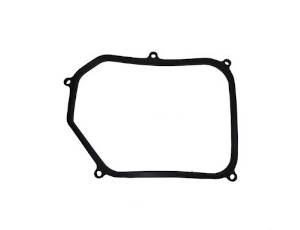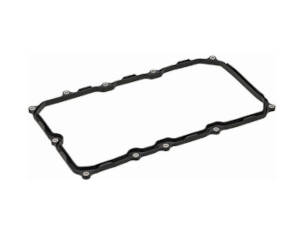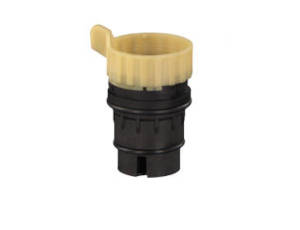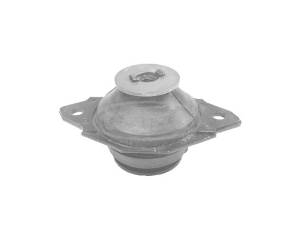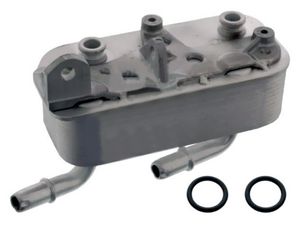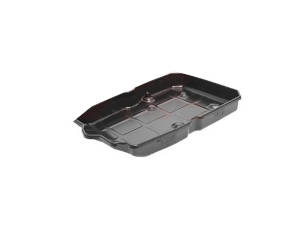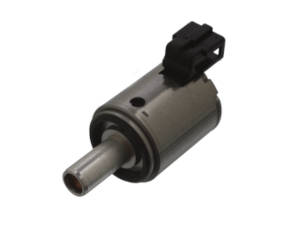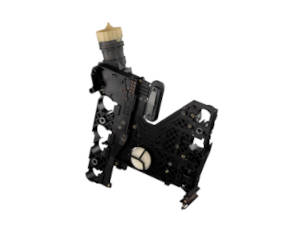Quantity: {[ basketItem.quantity ]}
{[ formatPrice(basketItem.price * basketItem.quantity, basket.currency) ]} ({[ formatPrice(basketItem.price, basket.currency) ]})
Automatic transmission spare parts for your car
817 matching parts foundYou too can drive safely and enjoy the driving comfort that the automatic transmission offers. You can rest your left leg while driving, be more focused and have both hands on the wheel. Choose convenience, as an additional advantage, your transmission will be protected and fuel consumption will be more efficient. In our Q-Parts24 shop you will find the necessary spare parts for the automatic transmission such as seals, bearings, oil pans and the right transmission oil. All auto parts for the automatic transmission are from renowned brands such as Hella, febi Bilstein, Meyle and Mahle. These promise longevity and the highest quality. Tested for important features, the spare parts have to meet strict standards in order to be able to guarantee driving safety. Trust in our products and convert your manual transmission to automatic or repair your broken transmission. We offer you quality, low prices and fast delivery.
Difference between automatic and manual transmission
The automatic transmission and the normal manual transmission have the same task: to convert the torque. However, the components used are different. In automatic transmissions, instead of the separating clutch, there is a hydrodynamic torque converter. There are also shifting elements that are used to convert the torque during gear changes. It is therefore possible to shift gears under load and the motor-gearbox connection does not have to be loosened separately. The gear shift takes over the planetary gear with associated planetary gear sets. Additional elements are the mechatronics, parking lock, transmission oil pump and the selector lever with which the gears are determined.
Function of the automatic transmission
Since the 1960s, automatic transmissions have offered drivers increased driving comfort by eliminating gear shifting. Gears are there to gradually convert the torque in a defined speed range. The type of conversion differs between the low and high gears. Because first the torque is converted and at higher speed it is translated, i.e. drive shafts rotate more than the crankshaft itself. This whole process happens automatically in automatic cars, as the name suggests. Shifting elements adapt the speed to the gears using the transmission oil pump (oil pressure). This means that the driver does not have to take his foot off the gas pedal and depress the clutch, since the engine and transmission do not need to be separated. In addition to a fully automatic transmission, there is the semi-automatic transmission that no longer has a clutch pedal, but still leaves the gear shifting to the driver. The drivers have a shift lever that operates the automatic clutch system. Nowadays there are even fully automatic transmissions that promise a stepless transition. These transmissions are called CVT transmissions (CVT-Continuously Variable Transmission). The stepless transition is created with a strap link or a push belt. All automatic transmissions have a "brain" - the mechatronic module, which takes over the control. The tasks lie in switching, adjusting the switching pressure and executing safety functions.
The selector lever – PRND
Since the shift lever runs away in the automatic transmission, an alternative must be used, because one must be able to distinguish between forward gear and reverse gear. That's why there is a selector lever with positions PRND.
- P for Park, meaning the vehicle can be parked in this position and the transmission is locked. The parking lock prevents the car from rolling away.
- R for reverse, meaning reverse gear.
- N for neutral, in this position the traction between engine and transmission is interrupted. The car cannot drive, but can be rolled.
- D for Drive, the main position that allows the rider to drive forward.
There may also be additional driving levels, such as the S sport mode in sports cars. The vehicle drives more dynamically and faster because it shifts down faster and shifts into higher gears at a later point in time. The gear OD (overdrive) also occurs less frequently. This is good for fast, constant driving like on the Autobahn. Because the speed is minimized and consumption is thus reduced.
 Deutsch
Deutsch  English
English 